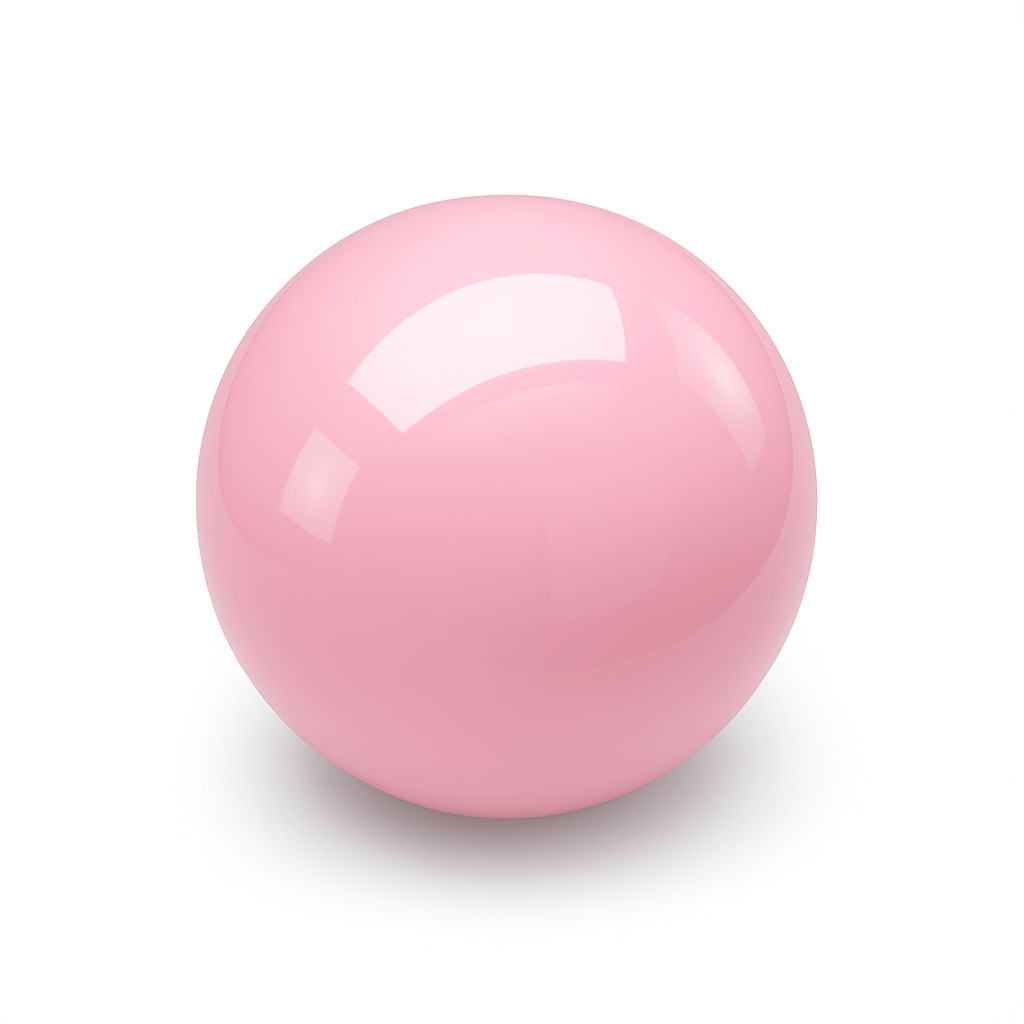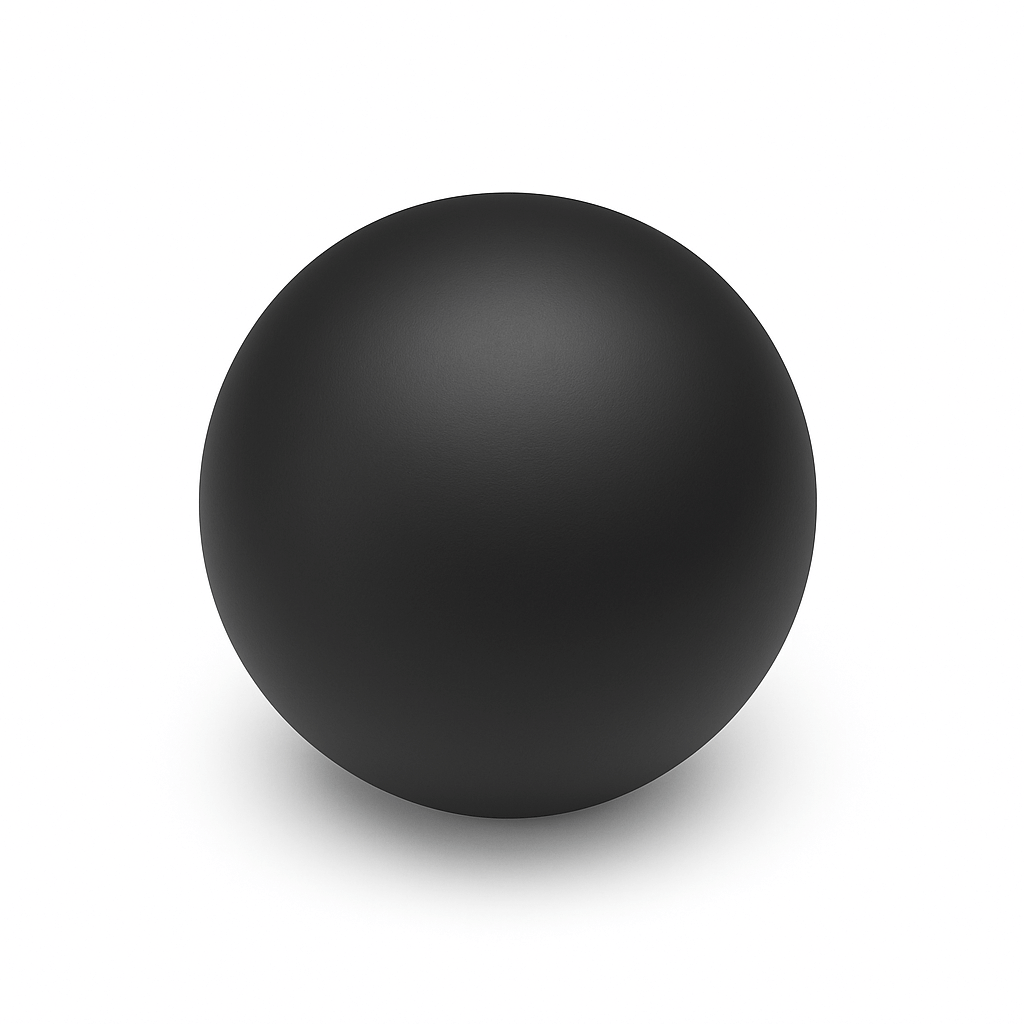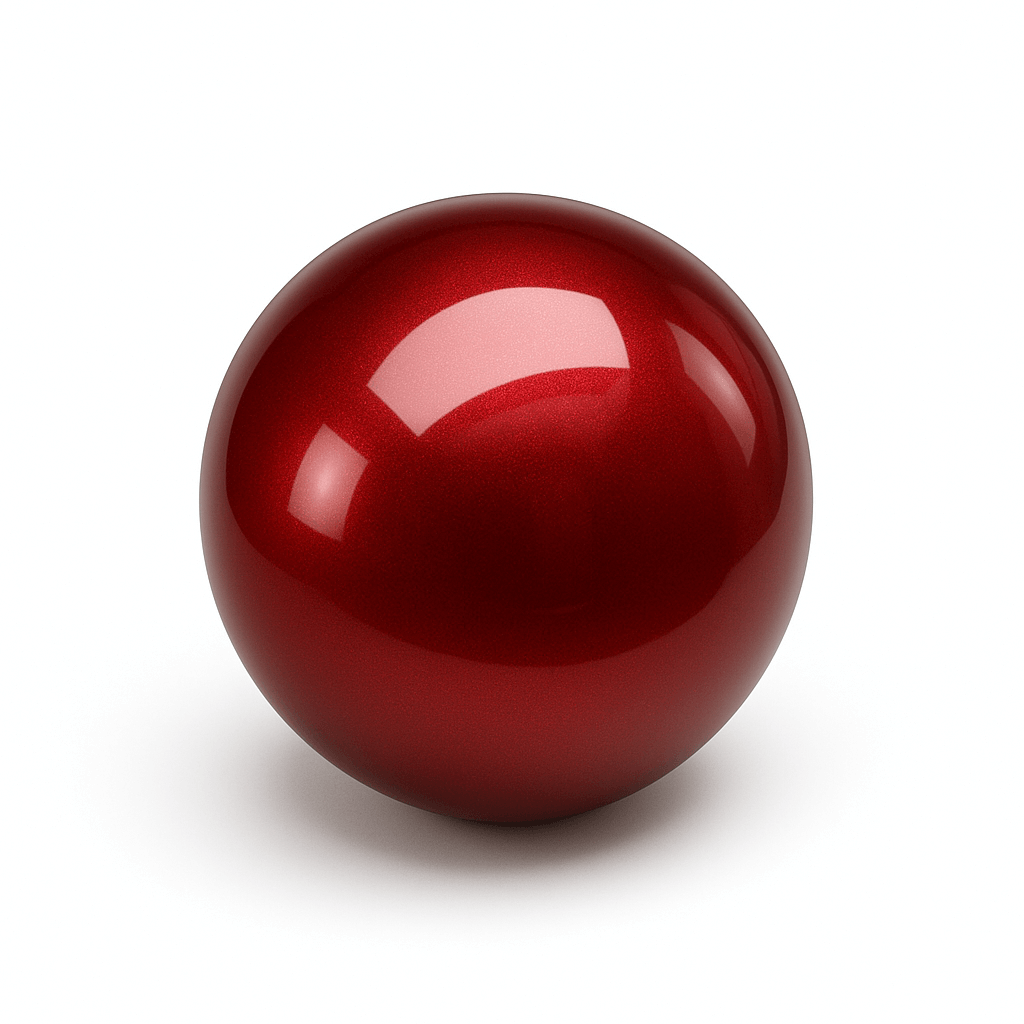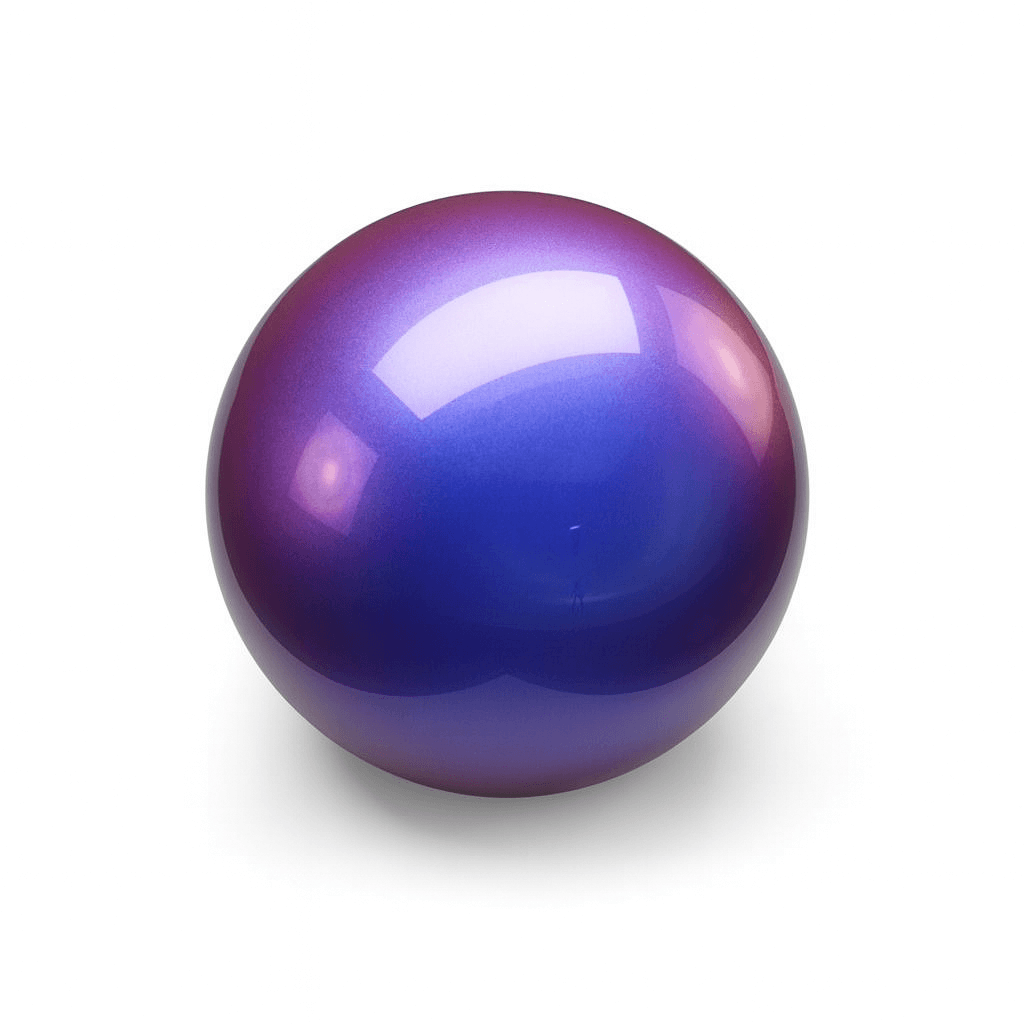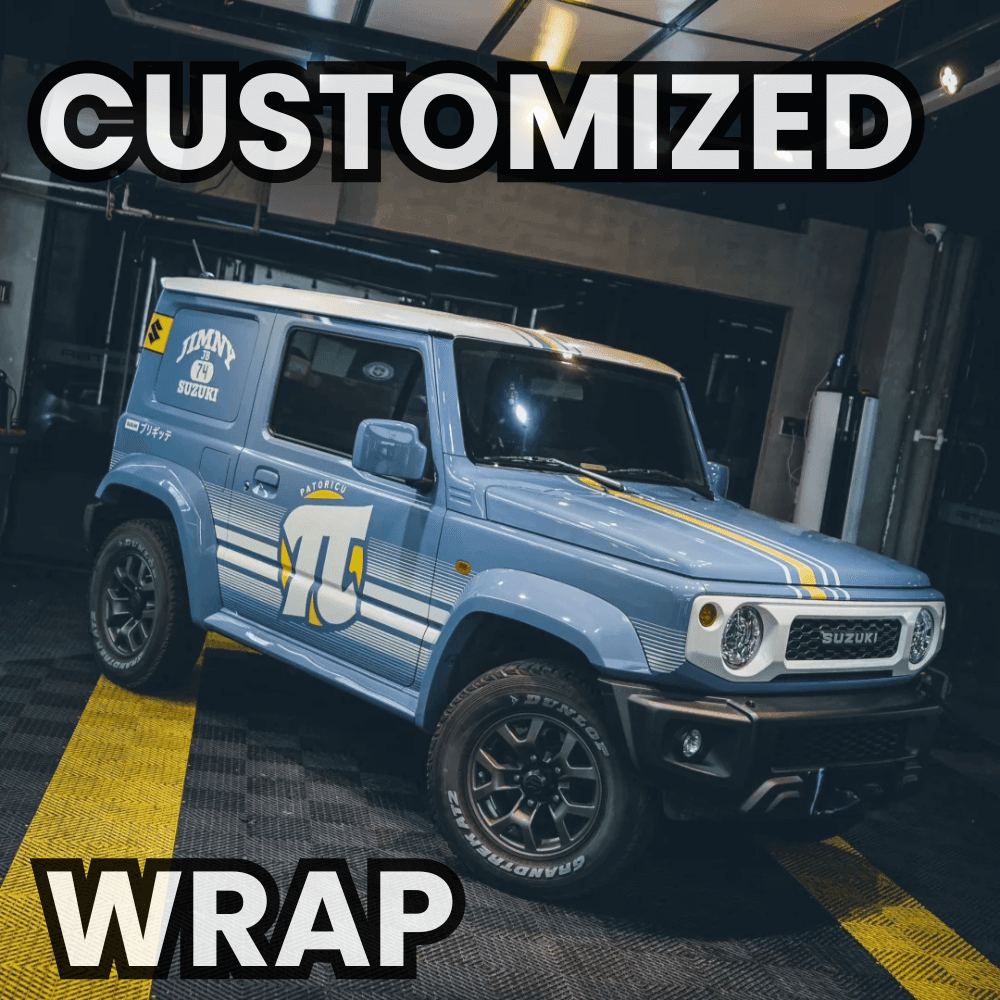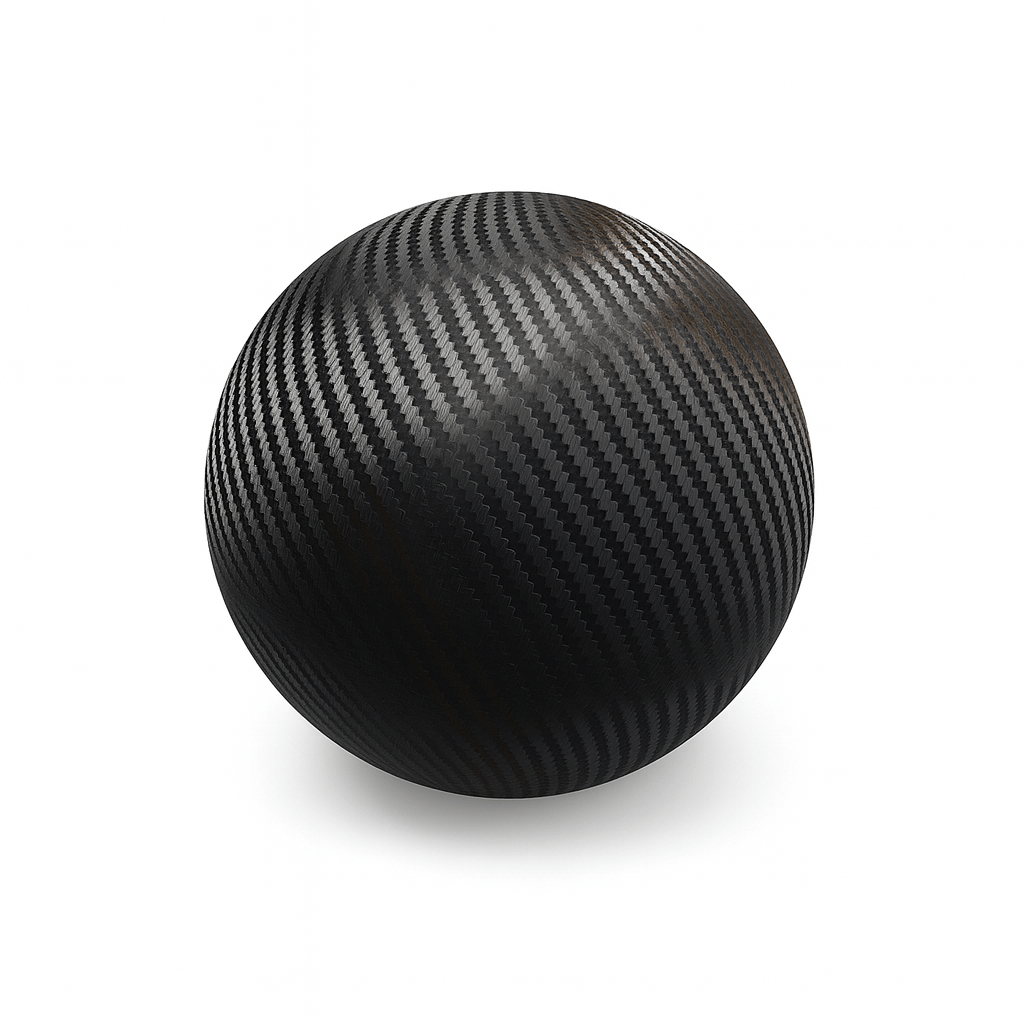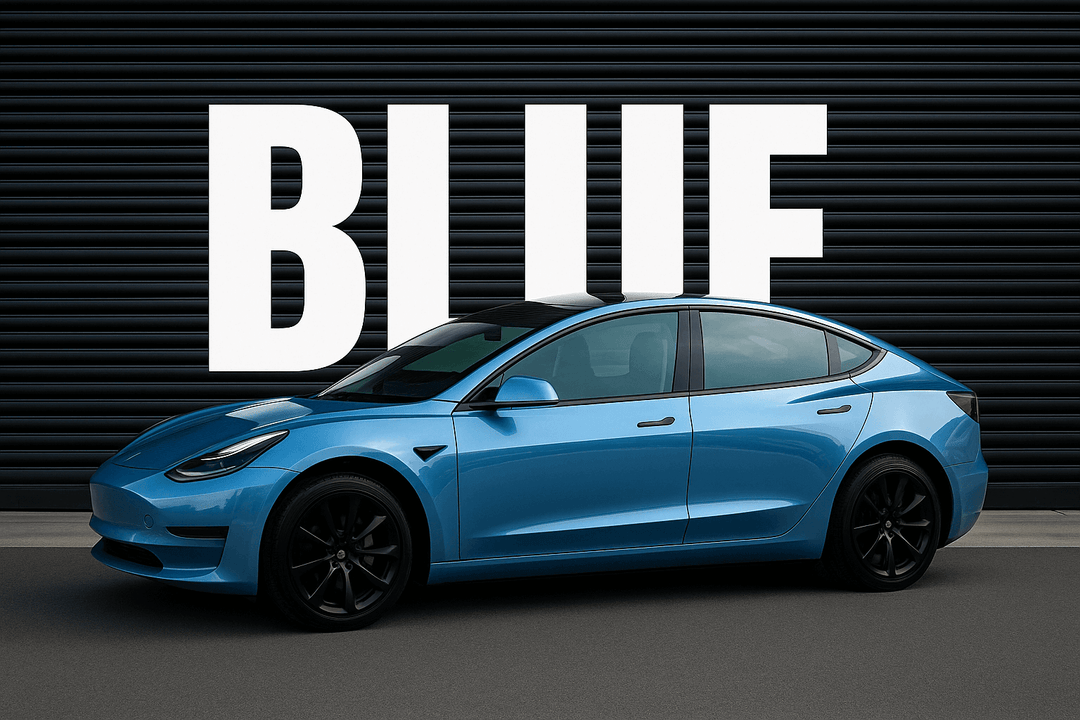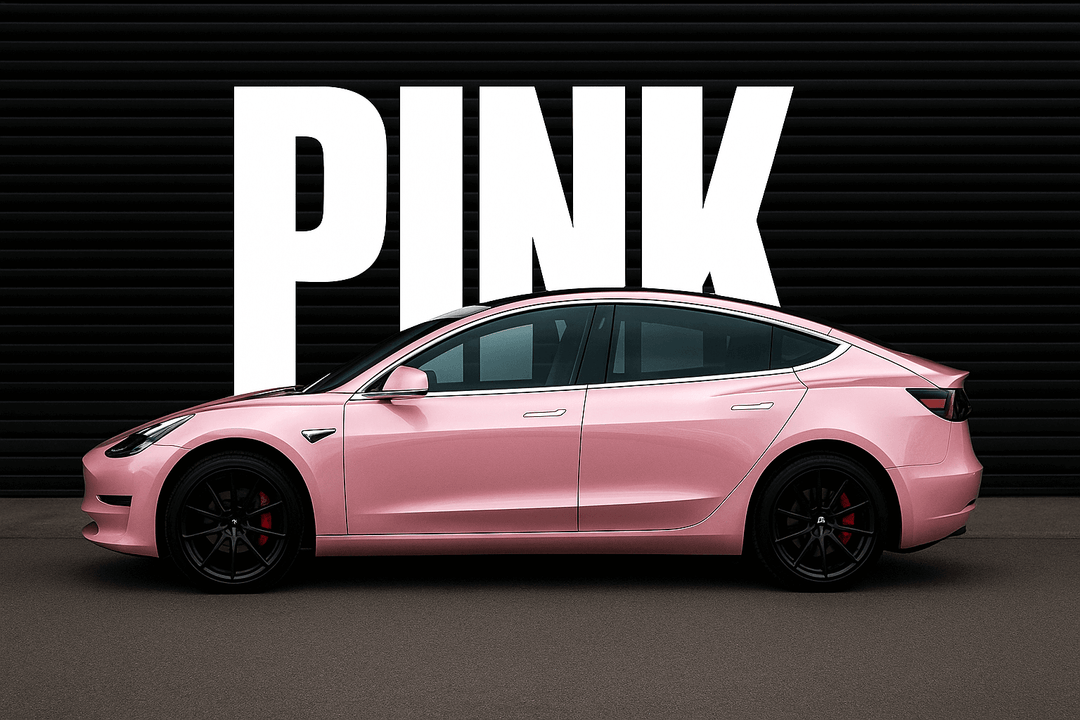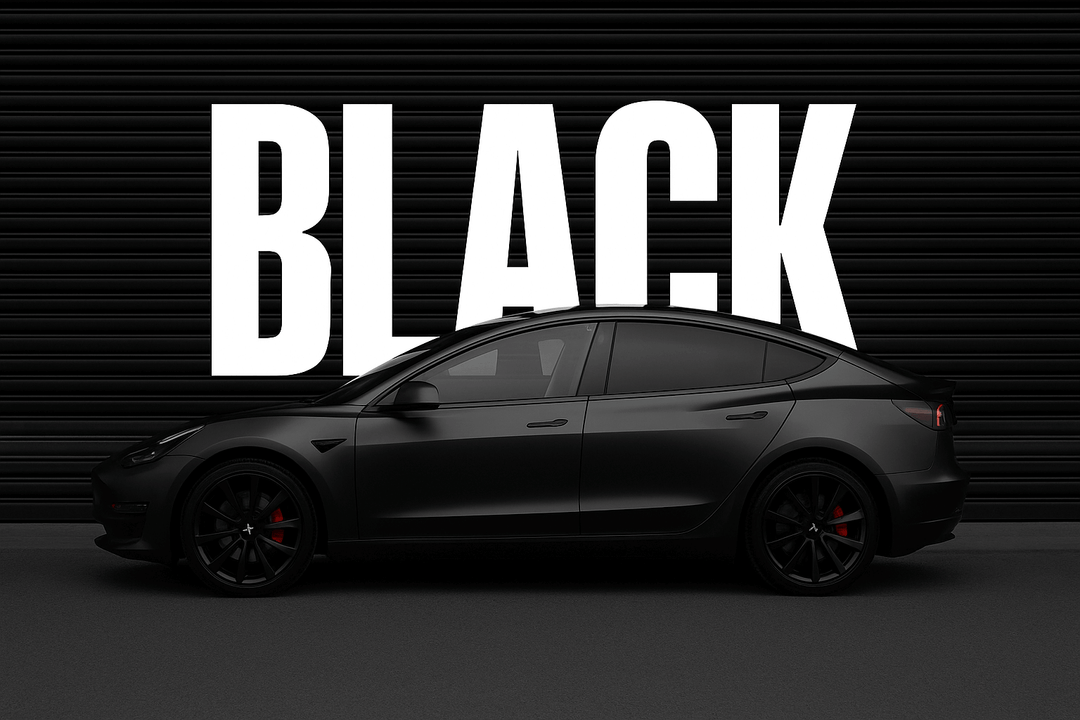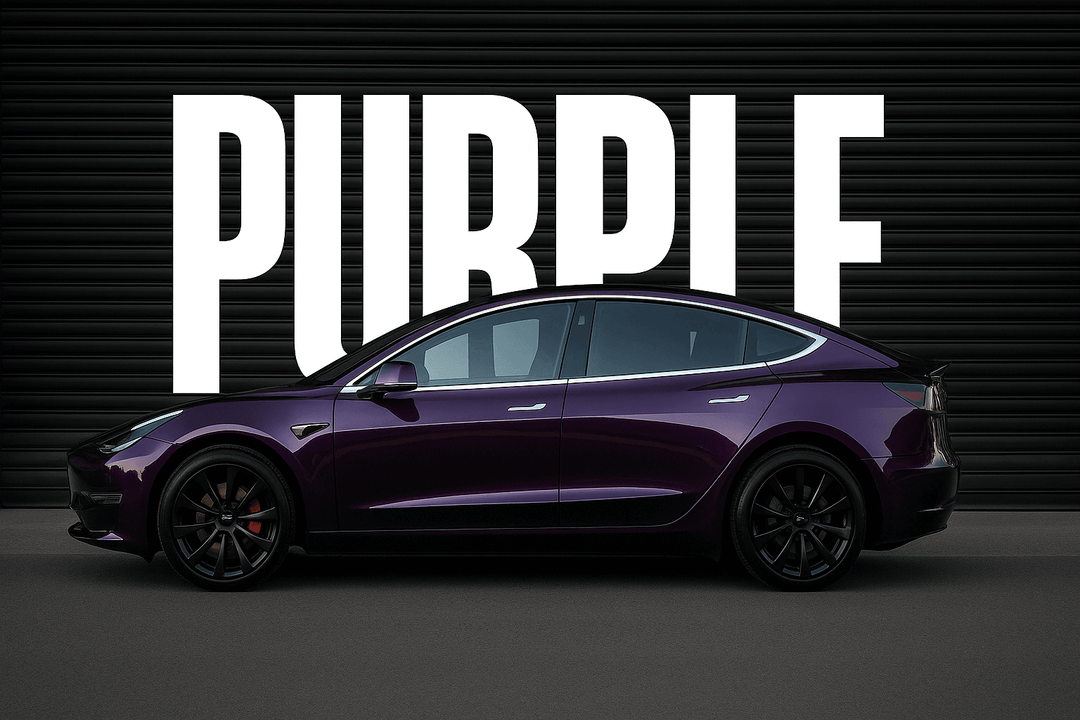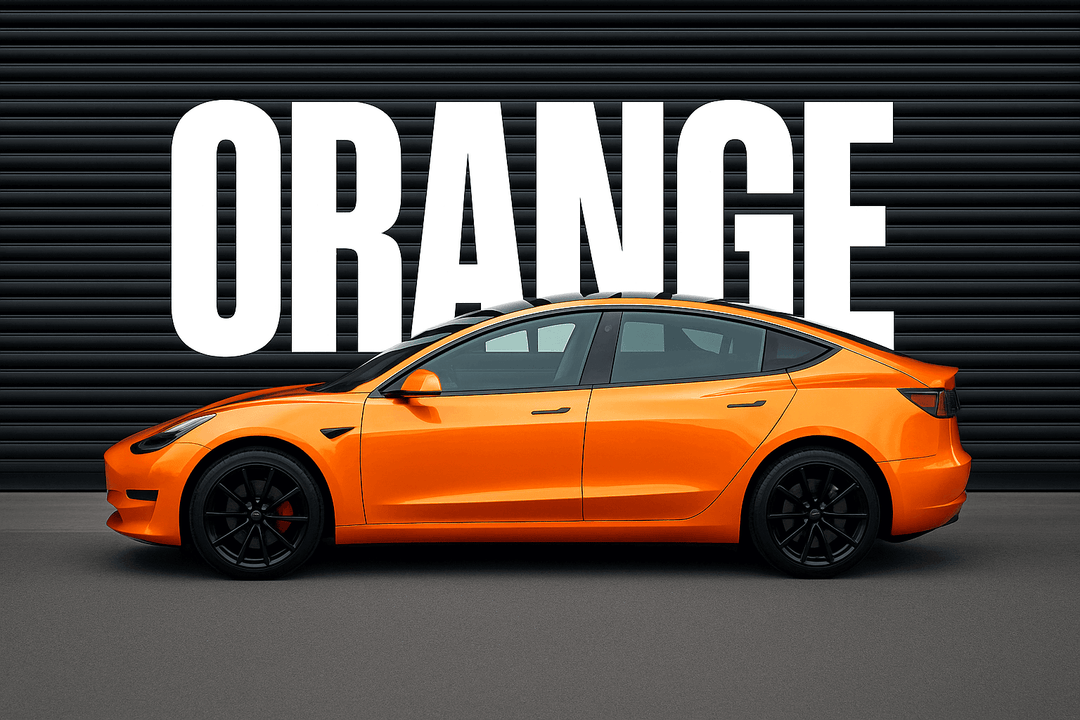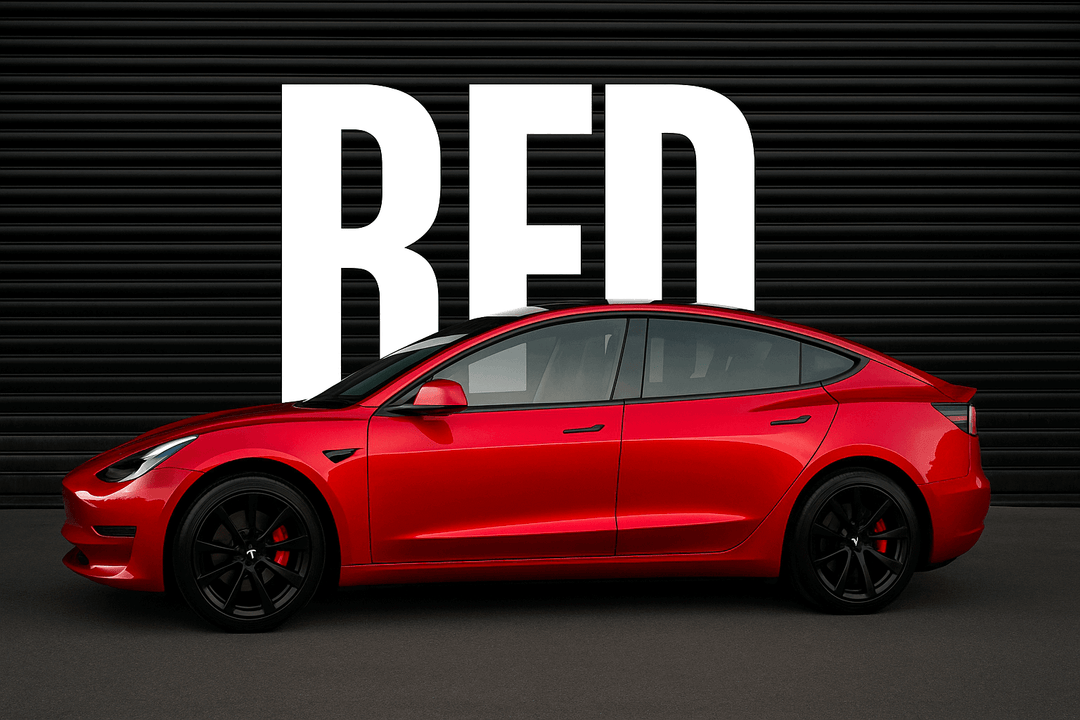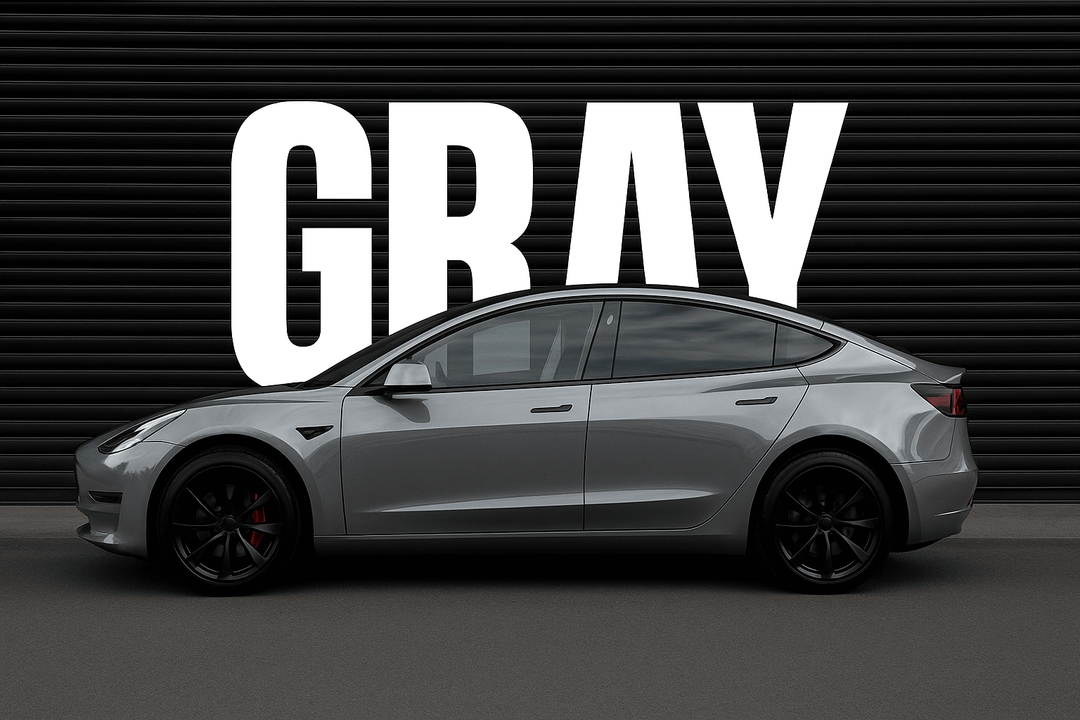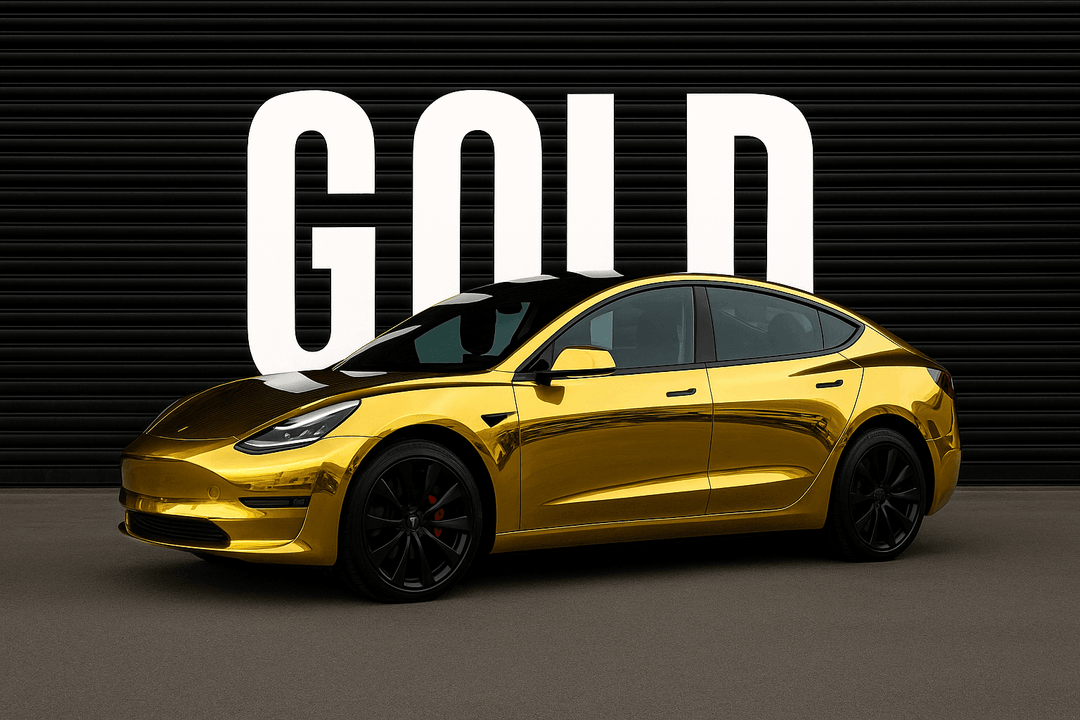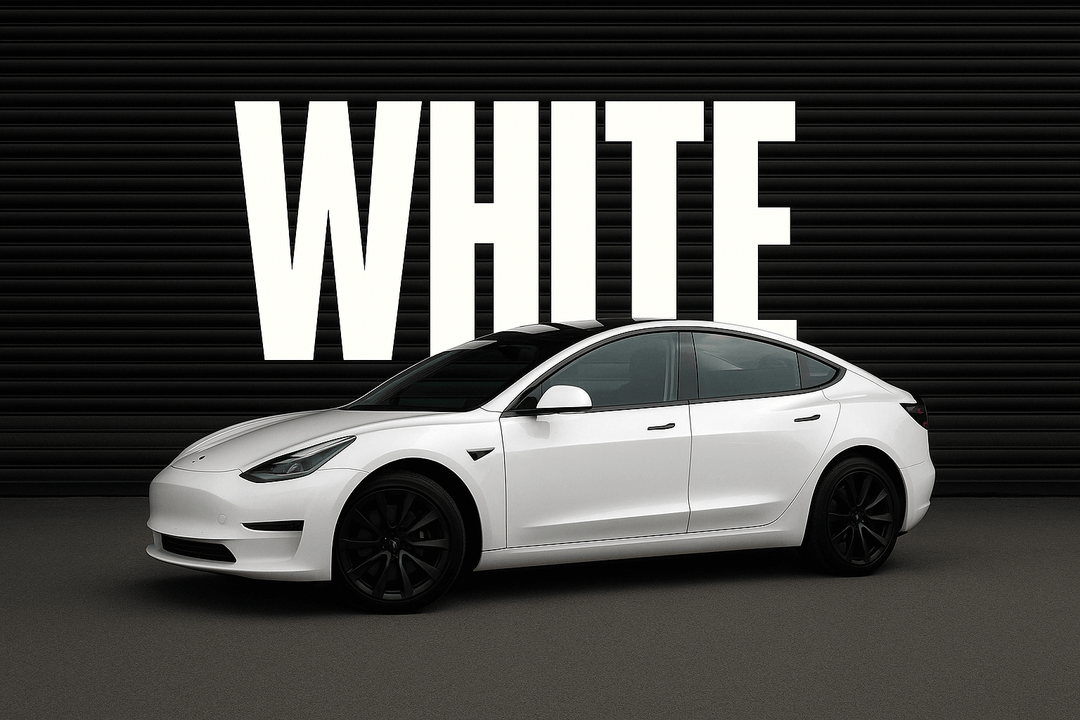Does PPF Protect Against Rock Chips
If you’ve ever taken your car out on the highway, you know the sinking feeling that comes when a stray pebble smacks against your hood. Rock chips may be small, but over time they can add up, leaving your vehicle’s paint looking tired and worn. For drivers who take pride in keeping their cars in pristine condition, protecting against this kind of damage is a top priority.
That’s where Paint Protection Film (PPF) comes in. Known for its clear, durable layer of defense, PPF has quickly become one of the most popular solutions among both everyday drivers and car enthusiasts. But does it really live up to the hype when it comes to shielding against rock chips?

In this article, we’ll take a closer look at how PPF works, whether it truly prevents rock chips, and how it stacks up against other protective options. By the end, you’ll have a clear understanding of its strengths, limitations, and whether it’s a worthwhile investment for your vehicle.
Does PPF Protect Against Rock Chips?
Yes, Paint Protection Film (PPF) is highly effective at guarding against rock chips. This is one of the main reasons drivers invest in it. When you’re on the road, small rocks and debris can easily be kicked up by tires or fall off trucks, hitting your vehicle at high speeds. Left unprotected, your paint can quickly begin to show signs of wear in the form of chips, nicks, and surface damage.
PPF works as a sacrificial barrier, absorbing the brunt of that impact before it reaches your factory paint. It’s made from durable polyurethane or polymer material, which is designed to take the hit, literally. While no material can make your car completely invincible, high-quality PPF dramatically reduces the chances of visible damage from flying gravel, road salt, or asphalt bits.
In many cases, the film may show slight marks or minor surface indentations over time, which is exactly what it’s meant to do. The idea is simple: let the film take the damage so your paint doesn’t have to.
The result? A smoother, more pristine exterior and fewer trips to the body shop for paint touch-ups. Whether you're commuting daily or road-tripping through rugged terrain, PPF offers peace of mind by providing consistent, long-term defense against one of the most common paint problems on the road.
How Does Paint Protection Film Prevent Chips?
To understand how Paint Protection Film (PPF) stops rock chips, it helps to first look at how automotive paint is structured. Your car’s finish isn’t just a single layer of color. It’s made up of multiple layers, each serving a different purpose and each vulnerable to damage.
-
Clear Coat – Provides gloss and UV protection but chips easily.
-
Base Coat – Adds color and depth, also highly vulnerable to impact.
-
Primer – Helps paint adhere and prevents corrosion, moderately resistant.
-
E-Coat – Protects the metal surface against rust, less exposed but still at risk if other layers fail.
-
Metal Panel – The structural foundation of your vehicle, left exposed when chips break through.
Even the toughest clear coat can’t withstand repeated impacts from gravel or stones. That’s where PPF comes in.
The Role of TPU in PPF
Most high-quality PPF is made from thermoplastic polyurethane (TPU), a material valued for its flexibility, stretch, and impact resistance. When a rock strikes your vehicle, instead of cracking like paint would, TPU stretches slightly. This elasticity allows it to absorb and distribute the energy across the film, reducing the chance of a concentrated impact that would normally cause a chip.
Self-Healing Properties
Premium PPF is often designed with a self-healing top layer. Minor surface abrasions, swirl marks, or light scratches can fade away when exposed to heat from the sun or warm water. This feature ensures that the film not only prevents chips but also maintains a smooth, clear finish over time.
A Durable Second Skin
In essence, PPF acts as a sacrificial shield—a flexible yet durable second skin for your vehicle. Instead of your paint taking the hit, the film absorbs the impact, protecting the layers beneath. By combining elasticity, toughness, and self-healing technology, PPF provides one of the most effective defenses against rock chips and everyday road hazards.
Factors That Affect Rock Chip Protection
Not all Paint Protection Film performs the same when it comes to stopping rock chips. Several key factors determine how effective it will be over time.
Film Thickness
The thickness of PPF plays a direct role in how well it absorbs impact. Standard films often range between 6mil, 8mil, and 10mil. Thicker films create a stronger barrier, making them more resistant to penetration from gravel or stones. While 6mil film offers decent everyday protection, an 8mil or 10mil film provides greater defense for vehicles frequently exposed to high-speed road debris.
Installation Quality
Even the best PPF can fail if it isn’t installed properly. Professional installation ensures that the film is applied smoothly, with no bubbles, lifted edges, or gaps where debris can sneak in. Poor installation can leave weak spots, particularly around corners, seams, or exposed edges. That’s why choosing an experienced installer often makes the difference between long-lasting protection and early failure.
Driving Conditions
Your driving environment also impacts how well PPF holds up. Vehicles that spend most of their time on highways, construction zones, or gravel roads are naturally exposed to more rock chips than cars used for short city commutes. Climate can play a role too—roads treated with salt or sand during winter create harsher conditions that test the limits of your protective film.
What Kind of Rock Chips Does PPF Stop?
Paint Protection Film (PPF) is designed to guard against the most common threats your vehicle faces on the road, especially rock chips. If you've ever heard that unpleasant ping sound while driving behind a truck or through a construction zone, you know how easily small rocks or gravel can leave lasting damage.
Everyday Road Debris
PPF does an excellent job protecting against small, fast-moving objects like:
-
Gravel kicked up from the road
-
Tiny stones flung from other cars’ tires
-
Sand and debris that blast your paint at high speeds
Real-World Impact Protection
Thanks to its energy-absorbing material, PPF can stop everything from a tiny grain of sand to a stone several millimeters in size. It handles the kind of impacts that come with regular driving, especially on highways where vehicles are moving fast and debris can fly.
Even when something hits hard enough to deform the film slightly, the impact usually doesn’t reach the paint underneath. Instead, the film stretches and disperses the energy, leaving your car’s finish intact.
Extreme Scenarios
Now, if a very large, sharp rock hits your car at extreme speed or angle, there's always a small chance it could damage both the film and the paint beneath. But in everyday driving, those scenarios are rare. For 99% of situations, especially in high-risk zones like the front end or wheel arches, PPF offers excellent protection.

What Damage Can’t PPF Prevent?
Paint Protection Film is highly effective against everyday hazards, but it’s not indestructible. Setting the right expectations is key to understanding its true value. PPF is designed to protect against future chips, scratches, and abrasions, not to repair existing damage like deep scratches or swirl marks.
Severe Collisions
In an accident, the force of impact goes far beyond what any film can handle. PPF will not stop dents, cracks, or major body damage caused by crashes.
Deliberate Vandalism
While the film can resist small abrasions, it cannot withstand sharp and intentional damage. A key, knife, or any sharp object used with force will likely cut through both the film and the paint below.
Large or Heavy Debris
PPF performs well against gravel, stones, and small road debris. However, heavy objects, like metal, wood, or tools falling at speed, can pierce or tear through the film.
Extreme Chemical Exposure
The film is resistant to everyday contaminants like bird droppings, bug splatter, and road salt. But strong chemicals or corrosive substances left on the surface for too long can stain or weaken it.
Is PPF Better Than Ceramic for Chips?
When it comes to protecting your car’s paint, both Paint Protection Film (PPF) and ceramic coatings have strong reputations, but they serve very different purposes. If your main concern is preventing rock chips and physical damage, PPF clearly takes the lead.
How Ceramic Coatings Work
Ceramic coatings are liquid polymers that cure into a hard, glass-like layer on top of your clear coat. They’re excellent at shielding your paint from UV rays, water spots, chemical stains, and even bird droppings. They also enhance shine and make washing your car much easier thanks to their hydrophobic properties.
But here's the catch: ceramic coatings are incredibly thin—only a few microns thick. They don’t have the physical depth or flexibility needed to absorb impacts. So while they do help prevent light scratches or swirl marks, they offer little to no protection from rocks flying up on the freeway.
Why PPF Wins for Chip Protection
Paint Protection Film, on the other hand, is much thicker, usually between 6 and 10 mils. It’s made from thermoplastic polyurethane, which is both tough and flexible. That means when gravel, stones, or other debris hit your car, PPF can absorb the force and distribute it without transferring damage to the paint underneath.
It’s like having a soft, transparent shield that bends but doesn’t break. Even if the film gets a minor scratch, many PPF options include self-healing properties that can smooth out damage with just a bit of heat from the sun or warm water.
Is PPF Better Than Car Wraps for Chips?
Car Wraps: Designed for Style, Not Impact
Vinyl wraps are typically used to change the look of your vehicle. Whether you're going for a matte black finish, a chrome color-shift, or a custom graphic design, wraps are all about visual impact. While wraps offer minor surface protection against sun exposure, light scratches, or staining, they aren’t engineered to absorb or deflect hard physical impacts.
Standard vinyl wraps are thinner and more fragile than PPF. When road debris hits a vinyl wrap, the energy from the impact isn’t absorbed—it passes right through and can still damage your paint. In some cases, the vinyl may tear or crease on impact, and the underlying paint can still chip.
PPF: Built for Impact Resistance
Paint Protection Film is specifically designed to defend against rock chips, gravel, and road rash. It’s much thicker than vinyl wrap, typically between 6 and 10 mils and made from elastic polyurethane that can absorb and disperse the force of debris before it reaches your paint.
What really sets PPF apart is its self-healing ability. Minor scratches or swirl marks on the surface of the film can vanish with exposure to heat. This makes it ideal for protecting high-impact zones like bumpers, hoods, and fenders.

More Than Scratch Protection: What PPF Offers
Paint Protection Film is often praised for its scratch resistance, but its true value goes far beyond that. Installing PPF is like giving your vehicle a 24/7 invisible armor that not only protects, but also enhances its long-term condition, resale value, and appearance.
UV Protection Like Sunscreen for Your Paint
High-quality PPF blocks harmful UV rays that cause paint to oxidize and fade. In sunny regions, this can make the difference between a dull, weathered finish and a car that still looks showroom-new years down the line. Think of it as sunscreen for your car—only stronger and far more durable.
Easier Maintenance with Hydrophobic Properties
Modern PPF often comes with a hydrophobic top layer that repels water, dust, and grime. Instead of dirt sticking to the surface, it slides right off, making routine washes faster and less frequent. For drivers who take pride in a spotless car but don’t want to spend hours maintaining it, this feature is a game-changer.
Everyday Defense from Road Hazards
Beyond scratches, PPF absorbs the impact of small stones, gravel, or debris that would otherwise chip the paint. It also protects against scuffs and light abrasions from parking lot mishaps, keeping your car’s surface flawless even in less-than-ideal conditions.
Enhancing, Not Hiding Your Paint
Unlike vinyl wraps that change your car’s look, PPF is transparent. Instead of altering your paint, it enhances it by adding a subtle gloss and depth. Your car keeps its original style, but with an added layer of sleek protection.
A Smart Long-Term Investment
When you factor in the cost of repainting, paint correction, or reduced resale value from paint damage, PPF proves itself as a smart investment. It preserves your car’s aesthetics and protects your wallet from costly repairs down the road.
How to Choose Quality PPF
Investing in Paint Protection Film is only worthwhile if the film itself is high quality. Not all PPFs are created equal, and the difference between a premium product and a cheaper alternative often shows in durability, clarity, and long-term performance.
Material Matters
The base material should ideally be thermoplastic polyurethane (TPU). TPU is flexible, impact-resistant, and offers superior protection compared to lower-grade plastics. This material also resists discoloration and maintains clarity over time.
Thickness and Protection
Film thickness is another critical factor. A range of 8 to 10 mil typically offers the best defense against stone chips and road debris. Thinner films may look good initially but often lack the resilience needed for long-term use.
Clarity and Finish
A high-quality film should appear virtually invisible once installed. Look for products that minimize orange peel texture and preserve the factory finish. Superior clarity ensures your paint color and gloss still shine through without distortion.
Adhesive Technology
Good adhesive keeps the film secure without damaging your paint. A reliable adhesive should bond firmly yet allow clean removal when it’s time to replace the film. Poor adhesives can lead to peeling, bubbling, or paint damage.
Self-Healing Properties
Premium PPF often comes with a self-healing top coat. This allows minor swirl marks or scratches to disappear with exposure to heat, such as sunlight or warm water, keeping the surface looking fresh.
Warranty and Brand Reputation
Finally, consider the manufacturer’s warranty and reputation. A strong warranty reflects confidence in the product’s longevity. Trusted brands like Yeswrap are known for consistent quality, advanced UV resistance, and excellent clarity that resists yellowing over time.
Frequently Asked Questions
Does PPF completely eliminate rock chips?
Not entirely. Paint Protection Film greatly reduces the risk of chips by absorbing most small impacts, but no material can guarantee 100% protection in every situation. It will handle the majority of road debris and gravel, but very sharp or heavy objects may still cause damage.
Is PPF worth it for highway drivers?
Yes. Highway driving exposes vehicles to more flying debris from tires and trucks. PPF is especially effective in high-impact areas like bumpers, hoods, and fenders, making it a smart investment for those who spend a lot of time on the freeway.
Can PPF be applied over existing chips?
PPF should always be installed on a clean, defect-free surface. Existing rock chips or scratches should be repaired first, otherwise they’ll remain visible under the film and may compromise adhesion.
How often should PPF be replaced?
High-quality film typically lasts 5 to 10 years, depending on driving conditions and care. Regular washing, proper maintenance, and indoor storage can extend its lifespan, while constant sun exposure or harsh conditions may shorten it.
Does PPF affect the appearance of my car?
No. A premium film is optically clear and virtually invisible once installed. It enhances gloss and depth without altering the factory paint color.
Rock chips may be small, but over time they can seriously damage your car’s finish and lower its value. Among all the protective solutions available, Paint Protection Film stands out as the most effective barrier against everyday road hazards. Its ability to absorb impact, resist scratches, and shield against UV damage makes it a smart investment for anyone who wants their car to stay looking flawless.
Yeswrap’s high-quality PPF, you get durability, clarity, and peace of mind knowing that your paint is safe from chips and blemishes. Explore our wide range of PPF options today and keep your vehicle looking flawless for years to come.
Related Articles:
The Ultimate Guide to Headlight Protection Film
How Much Does Paint Protection Film Cost
Vinyl Wrap vs Paint Protection Film | How To Choose?
Does Paint Protection Film Work? Is It Worth It?


